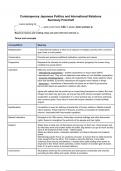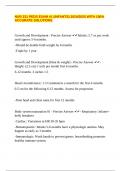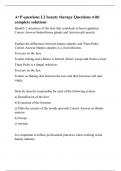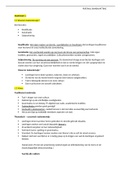Samenvatting
Summary Contemporary Japanese Politics and International Relations
- Instelling
- Universiteit Leiden (UL)
Summary of the first year course Contemporary Japanese Politics and International Relations given by prof. Black at Leiden University. Based on lectures and readings.
[Meer zien]














